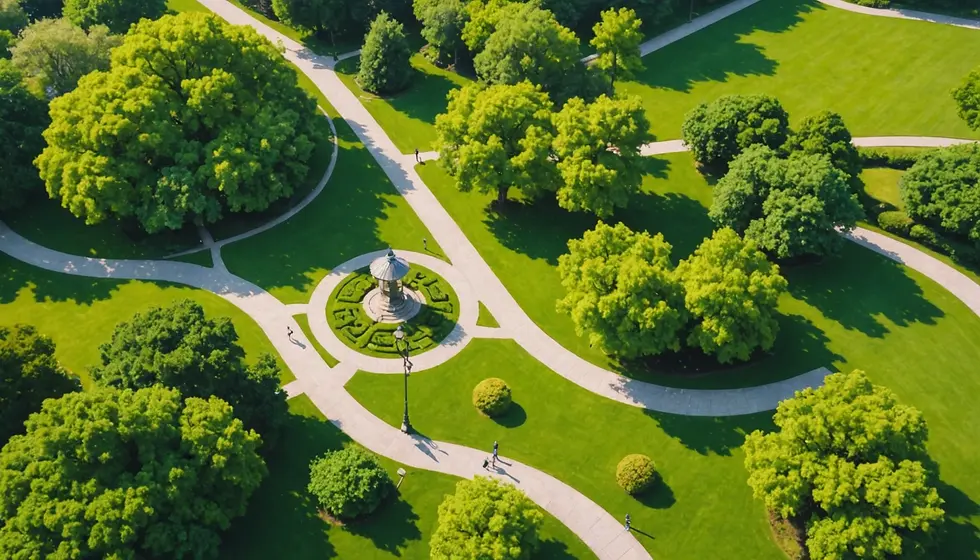A Found History of Salem
- A. Gerri Budd PhD

- Aug 1, 2022
- 2 min read
Updated: Dec 15, 2023

On March 1, 1692 the witch trials began. The formula for a witch hunt is “fear + a trigger = a scapegoat.”1
Salem, Massachusetts was first settled in 1626 and was one of the wealthiest towns in the US at the time, thanks to its position on the water and as a trading port. Later, when the witch trials began, Reverend Samuel Parris was a minister in Salem. Parris, a widow, had been a minister in colonial Barbados and had brought with him the enslaved woman Tituba – whose main job was to care for his children. Tituba was an object of fascination in Salem, because the town had not really seen slaves or black people.
The whole episode began when Parris’ niece and several of the village girls started laughing and dancing and acting erratically. The elders tried conventional doctors, but no one could determine what was wrong with the girls or get them to stop. It made perfect sense to their 17th century logic to call for a spiritual minister from Boston, since physical remedies weren’t working.
Tituba was known to practice Voodoo and various West Indian arts. She was quickly identified as the source of the trouble, and she was whipped and tortured until she basically said everything they wanted to hear: that the devil was loose, and she just started throwing out the names of people she knew, to satisfy the demands of her torturers, for those who were in league with the devil.
The rest of the story is familiar but what is not well known is that Salem had put all this in the past and was just a regular small town until the 1970s, when the TV series Bewitched filmed an episode on location in the town. In the episode, the character Samantha, who is a witch, revisits this history.
In the 1970s, Salem was suffering from population loss as a result of the national switch from manufacturing to a service/knowledge economy. One TV episode transformed it into a tourist destination. There is a statue of Elizabeth Montgomery in the middle of the tourist center, to commemorate her role in the revitalization of the town.
Salem has a monument garden to the victims of the witch hunt, positioned right next to the church’s graveyard which contains the remains of the prosecutors. As the victims were excommunicated, they could not be buried in consecrated ground. But the memorials to the victims draw more tourists and historians every year than the grave of the main prosecutor, whose name is much less well known than Sarah Goode, John Osborne, Rebecca Nurse, and all the others we know.
One final bit of trivia: the name Salem comes from Jerusalem. In the pursuit of right and good, they found fear, a trigger, and many scapegoats.




Comments